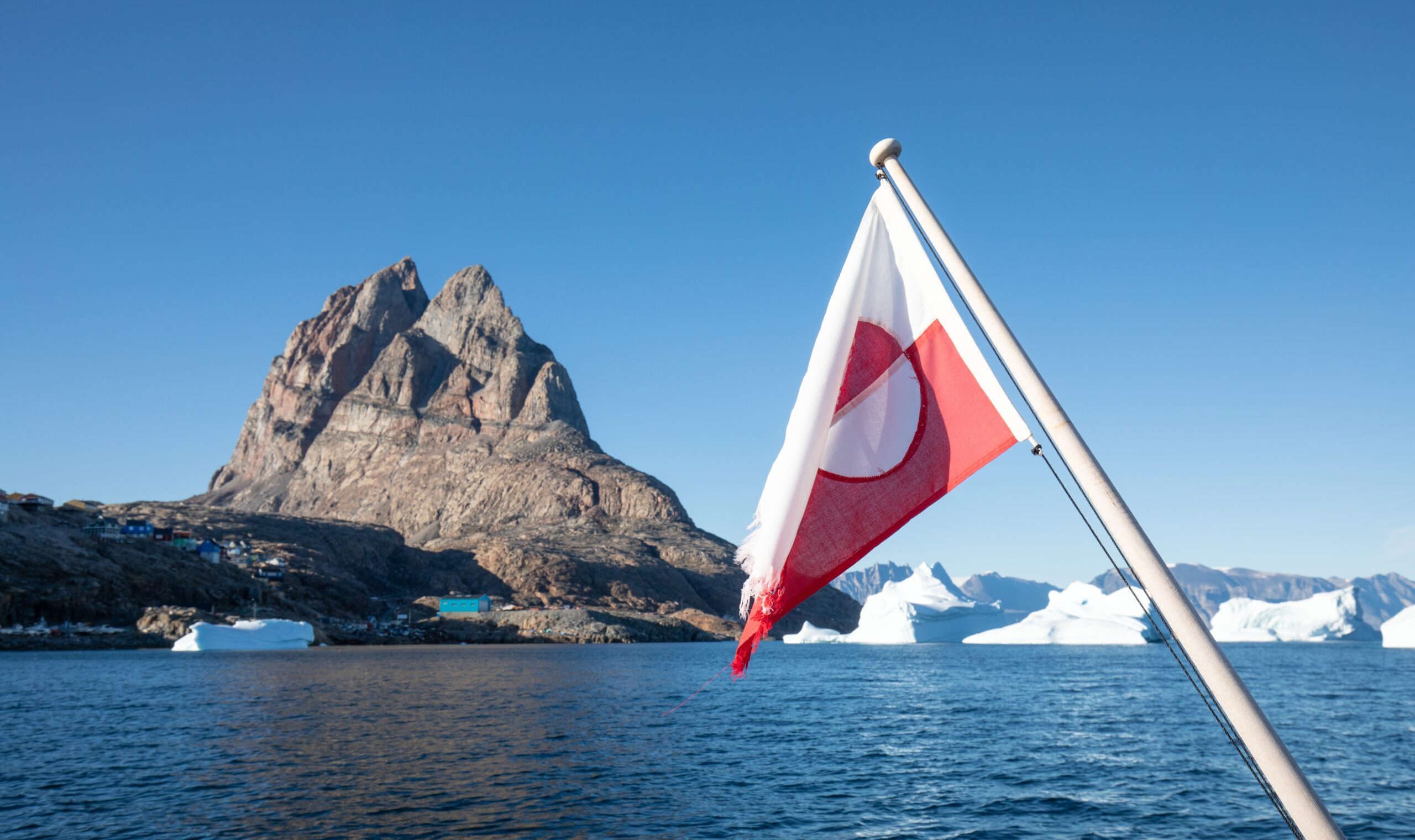Time for a ‘Big, Beautiful Deal’ for Greenland
“Commerce, not chaos” is the president’s preferred foreign policy. He should act on it and build his legacy in Greenland.

“We want to develop our business sector and diversify it, and that requires investments from outside”, Naaja Nathanielsen, Greenland’s business minister told the Financial Times in a recent interview, hinting at China to fill the gap if the U.S. and EU don’t come out to play: ‘‘We do want to partner up with European and American partners. But if they don’t show up I think we need to look elsewhere.”
Asked about the sudden American interest in Greenland, the minister said, “We sort of hoped that the Trump administration would be more willing to engage in dialogue with Greenland about the mineral sector development. We got a bit more than we asked for, because we have no wish to be American.”
Regular readers of this esteemed publication may recall her name from a detailed interview in which she spoke in similar terms about American investment in Greenland. “There are ample opportunities for American investors to engage themselves in Greenland, not only in the mining sector, but in other sectors as well,” she told us. She’s correct. And the United States should make the Greenlanders an offer.
There are many essays about the historic interest of the United States about Greenland, including from yours truly. That need not be rehashed, but the structural question remains underdiscussed. Greenland is a massive island, three times the size of Texas, but with a population that could fit in a football stadium with plenty of elbow room. Any major investment that could make individual Greenlanders all millionaires and Greenland the richest island in the Western Hemisphere will come with some strings attached. No one would want to invest in a place that doesn’t benefit them too: The profit motive works both ways. A second point: Everyone who would want to invest would need manpower to work in the projects involved. The scale of projects that Nathanielsen envisions would require not just massive amounts of cash, but also infrastructure and, most importantly, skilled labor and training for said labor.
To her credit, Nathanielsen understands that. In her Financial Times interview, she mentioned that Greenland was “having a difficult time finding our footing” in a changing geopolitical landscape, as the U.S. is considered just as predatory as China. She considers the EU as a natural fit, and aligned on environmental metrics.
Unfortunately, that is the key problem. The EU is simply not capable of investing the amount required, nor does it have the expertise or hardware production capacity. EU structures prohibit the degree of research and development required to make Greenland a mining and trading hub, a Singapore on the Arctic. The Ukraine war should have made it clear by now just how much the EU lags in hardware production. Individual countries can invest, of course. Denmark and France are investing in some mining in Greenland, but the amount runs to mere millions of euros in total. European GDP, investment, research, and tech was at parity with the U.S. up until 2008. The U.S. dwarfs the EU now.
Then there is this question of security. Arctic security will be a headache to Europe in the coming decades. Given China’s closeness to Russia and its material aid in the Ukraine conflict, it is unlikely that Europeans would desire major Chinese investment (and Chinese or Russian intelligence-gathering) in a place that essentially looks over their northern trade routes. It is not just an American concern, but a European concern as well. Consider, also, how the Chinese are increasingly wrecking strategic competition by buying up assets. The case of British Steel and the Chinese control of Hutchison Port Holdings in Panama should be cautionary tales for Europeans courting Chinese investment. Without any provision of American security but with potential Russo-Chinese–aligned military interest, inviting such investment is self-destructive.
For what it is worth, the Americans do already have an underused military base there. An initial investment in modifying the infrastructure of that base could itself instantly pour billions in Greenland’s economy, saturate the labor market, and provide a job or business for every single Greenlander.
But that’s not all. Another instant investment could be in the tourism sector and markets of Greenland. “Most of the tourism is government-owned and controlled and independent investors and operators are squeezed out and disadvantaged in many ways,” the former Ambassador to Denmark Carla Sands told The American Conservative. “We can give individuals an opportunity to be entrepreneurs and build a private sector tourism ecosystem in Greenland. They have magnificent sights and amazing food. They need to do better in tourist offerings, more restaurant options, hotels, the whole experience. Iceland can be a good example. Greenland’s government cooperated with the U.S. Interior Department at my request in the first Trump administration. The department helped Greenlanders with some knowledge transfer to grow their tourism while protecting their pristine nature.”
A few simple and overnight changes can instantly turn Greenland into a First-World trading hub. Reykjavik in Iceland gets around 2,000 flights monthly. The total cost of American investment in hospitality, tourism, a modern state-of-the-art airport, language and specialist training programs, a bilingual or English-language radio or TV channel, and fishing lanes between New England or Alaska and Greenland would be peanuts compared American spending on USAID, but would instantly turn Greenland into a hub of both future European and American investment, including in the much-touted mining sector. A casual work visa system between Denmark and the U.S. could provide jobs and opportunities to both Danes and Americans in the potential expanding sectors. One fact-finding trip from the Congressional Greenland Caucus can start that process overnight.
“Greenland is not just rich in critical minerals—it’s a vital partner in a region growing more important to global security and trade. Strengthening our relationship would bring investment and tourism to Greenland’s economy while reinforcing democratic partnerships in the Arctic,” said Representative Davidson, founder of the Congressional Greenland Caucus. “If we fail to show up, others will—and we may not like the terms they bring.”
It is understandable that Greenlanders are chafing from, shall we say, uneven diplomacy from this administration’s initial days. That storm has now passed, and the rhetoric stabilized. But avoiding the U.S. in favor of the Chinese-Russian embrace is a long-term security risk that prudent Greenlanders would be smart to avoid. And the EU is incapable of replacing America in the Arctic, in both security and trade. It is a mutually beneficial opportunity for both the U.S. and Greenland to initiate a big, beautiful deal—without all the loose and aggressive talk.
The post Time for a ‘Big, Beautiful Deal’ for Greenland appeared first on The American Conservative.

